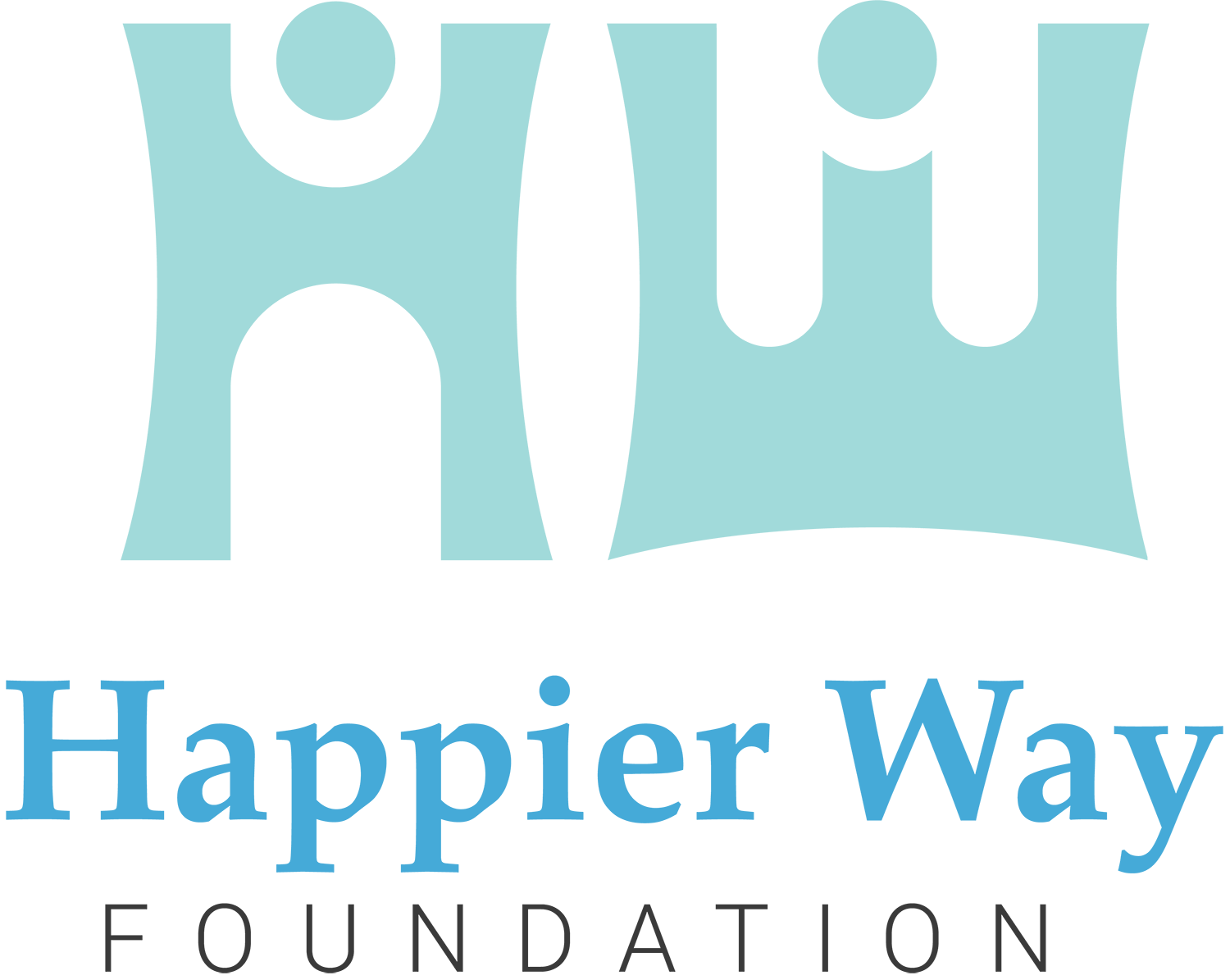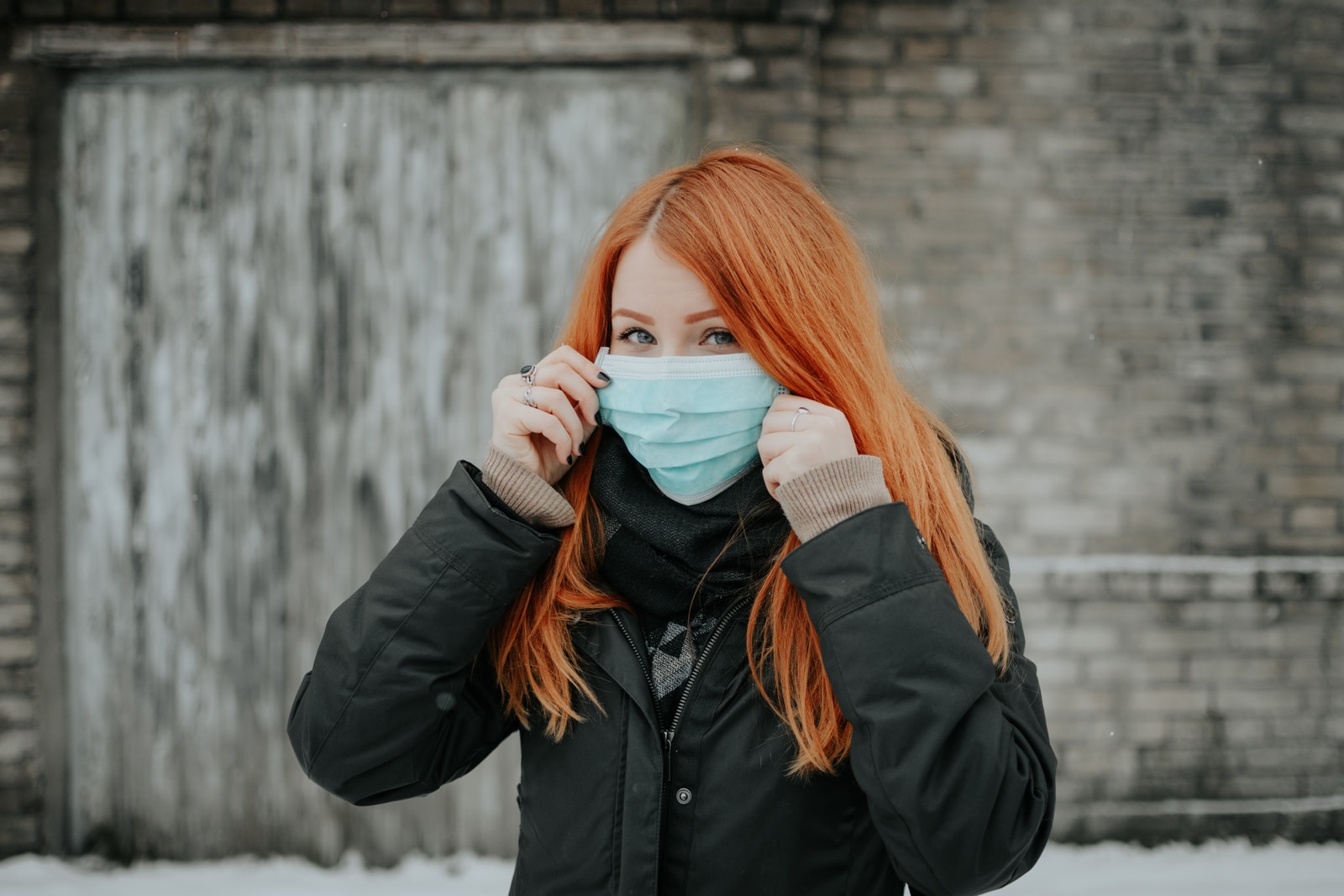A year ago, just after Bay Area governments imposed a shelter-in-place order to check the spread of a mysterious new coronavirus, Cristina Banks worried about how she would work from home. She would miss her office at UC Berkeley’s School of Public Health. She would miss interacting with colleagues and students. She would miss her books and her papers.
Like everyone, she had no way of knowing that the pandemic would leave over half a million Americans dead, nor that we would still be in a sort of suspended animation as the one-year anniversary arrived. But Banks directs the Interdisciplinary Center for Healthy Workplaces, a global research center at Berkeley, and is a lecturer at the Haas School of Business, and even in the surpassing strangeness of the past year, she has continued to observe and analyze how the pandemic is changing our work—and changing us.
In a follow-up to an interview with Banks in the early days of the pandemic, Berkeley News visited with her in early March (via Zoom, of course).
Across these months, she has reviewed ambitious COVID-inspired office plans and heard enthusiasm in some quarters for the creative possibilities of working in a virtual world. She herself has developed a model of “safety bubbles” that would allow communities of in-person interaction, if only all people in the bubble would take the necessary steps to be safe.
On that question, Banks expresses a certain disappointment in the fraction of humanity that is more focused on the inconvenience of wearing masks than on the health of neighbors and coworkers. And yet, she’s philosophical: Humans are social animals, she says, and we get tired of separation and long for connection.
We won’t really be able to get on with life, Banks says, until everyone is vaccinated and the virus can no longer find a human host. At that point, the millions of people who have been fortunate to work at home in this historic time—students and teachers, white-collar workers and professionals—may find that the old normal is gone, and that a new world of work is taking shape.
This interview has been edited for length and clarity.
Berkeley News: What are the biggest lessons of our experience in the pandemic so far, specifically at work? Or maybe it’s better to ask, what are the biggest losses? Cristina G. Banks, Ph.D.
Cristina Banks: I don’t think we understood collectively how important being in the presence of others has been for our own energy, our own motivation, our own sense of connection and joy.
Using Zoom is exhausting. Just because you could see somebody visually doesn’t mean you connect.
What we need for connection is eye contact. Right now I’m looking at your face on my screen, not at the camera where I could be looking at your eyes. I don’t know where to look to establish eye contact. So, there is no closeness between us. That’s been lost.
Also, we’ve lost spontaneous interaction, and that has a serious business impact. That’s where creativity and innovation spring forth. It’s never planned. You may have an R&D group, but they don’t sit down and say, “OK, we’re going to be creative today,” or “We’re going to be innovative today, and by 5 o’clock, we’ll get a new product envisioned.”
Inspiration comes to you when you’re least thinking about it, when you’re doing something else or you’re looking out your window. But it comes to you because somebody has said something, or you’ve met somebody who had a different point of view, or there has been something that you’ve seen that triggers something new.
Now, though, we don’t have water cooler talk anymore.
BN: That interaction, that joy—that’s the unspoken positive spirit many of us find at work. How are people adapting to that loss?
CB: They are definitely struggling. Mental health needs are way up. Pursuit of psychotherapy is up. Teletherapy is way up. Reports from my colleagues who are doing psychotherapy confirm that.
Add to that the fact that people have been losing their support networks—this is really under-acknowledged right now. We don’t have help in the same way we had it before. For things like going out to eat. For teaching your kids, or babysitting. Or, you know, just friends stopping by to listen. So, when that social support network’s gone, it’s all on you.
BN: When we talked a year ago, you said it was going to be important for workplaces to ensure that people could stay connected to work, so that teams could stay connected. Are we doing a good job on that? Or is there an inherent limit on how much connection we can achieve?
CB: My impression is that it’s pretty limited. We’ve been limited to surveys—engagement surveys, morale surveys, satisfaction surveys. So, I think there is survey fatigue.
Here’s a question that is not being asked, but I wish it could be asked: How can we gather people together safely at work? Instead of the question: How can we keep people apart?
The second question has led to engineering solutions that reduce density and create pathways for people to move through the organization so they don’t interact. Social distancing has become a primary objective.
BN: You’re saying that we could maintain connections with the people and the mission of our organizations through careful social distancing, without going all the way to social separation and isolation.
CB: Yes. My idea was, if you create a safety pod or a safety bubble, people in the bubble could interact freely without fear of infection, as long as they adhere to all the behaviors that will keep the bubble safe. And if you have one safety bubble, you can join another safety bubble, and then you can join another safety bubble, and suddenly now you’ve got a giant bubble.
But everybody said, “With human nature, it will never work. People will violate the contract, people won’t take care. People will get sick.” I still think that we have to look for solutions where we can create artificial bubbles so that people can interact, and not keep them apart.
BN: If we could go back in time with the knowledge that we have now and start our pandemic response from scratch, how would we do it differently?
CB: Given human nature? (Laughs). I think we did not act fast enough to shut down the virus and deny the virus hosts.
If we thought the lockdown would be short-term, and we could assure ourselves that getting through the lockdown would, in fact, keep us safe, we wouldn’t be in this position. Now we’re in a fatigue position, and we’re ignoring the fact that vaccines don’t keep us safe. What they do is reduce severity and death, and they may not even do that with these new variants.
People are becoming lax—that’s our downfall. The fact that different states are working against safety, I don’t know if we’re ever going to vanquish it.
BN: In your work, I imagine you’ve heard people explore various ideas for making the workplace safer during a strange time. Have you heard about or seen any ideas that people have tried, and after the fact, you think: “Wow, that really was not a great idea”?
CB: There’s so many ways that things got messed up. For front-line workers, essential workers, not giving people paid sick leave. They had to choose between a paycheck and not infecting their families or their coworkers.
And then assuming people will commit to social distancing. But it’s not consistent with human nature. We’re social beings, and there will be lapses in motivation.
- The Science of Happiness at WorkBoost satisfaction, engagement, and collaboration with this three-course seriesRegister Now
I’ve seen picture after picture of the design of a new workplace with properly distant desks and one-way walkways, and you have to order your lunch from the caterer, and the caterer will tell you when you can arrive to pick it up.
A student of mine did interviews with people who had gone back to work in such places. And what really happened? Well, people ignored the one-way pathways when they went to talk to somebody, and then they leaned over the plexiglass to talk to them.
I thought my idea for safety bubbles really nailed it. All mothers would want their children to be safe and therefore move heaven and earth to protect the bubble. But no, people slip up. And then they infect the whole pod.
BN: It seems that we could return to our offices and classrooms in the not-too-distant future. But how do we do that? Are there risks that we need to pay attention to that might not be obvious?
CB: People really don’t like my answer on this one. But it has to be when we’re all vaccinated, and we are not infecting others—period.
BN: That seems a very substantial requirement.
CB: We have to deny the virus a host. That’s our goal, not getting people back to the classroom.
So what do you have to do? You have to do everything to disinfect the air. And I don’t mean the ventilation system, fresh air, indoor air exchange—that’s the minimum. What needs to happen is that there’s UV light in the system, which kills the virus before it gets circulated in the room.
Another is that everybody in the classroom wears masks—double masks. And smaller classes to lower transmission.
Now, how is that going to work, really, at a university? There’s so much political pressure to get back to normal, to get things going again. And there’s so much harm being done by closing everything and postponing life until the pandemic is over.
But we need to kill the virus. Then, we can get back to it.
BN: Don’t you look at what’s going on in Texas right now, or in Mississippi, and think that people just aren’t willing to make the necessary sacrifices that are needed to return to normal?
CB: It’s because they’re given a choice. That’s the problem. Discretion is what’s killing us, literally.
BN: When the time comes that public health experts are telling us that it’s safe to return to our offices and classrooms, will it even be possible to return to “normal”? Will there be long-term or permanent changes that stick with us?
CB: It’s never going to be back to normal.
I think the balance of power between executives and workers is going to shift a little bit toward employees.
From a worker point of view, they suffered before the pandemic, and they’ve been put through a lot this last year. They’re tired of the stress, and they don’t want to jump back into it. What’s really fundamentally changed are their expectations of what a work life should be.
They’ve experienced what it’s like to be autonomous from headquarters. Being able to work from anywhere—and to be productive, despite the circumstances.
Employees are coming in with more expectations that the employer should support their core needs: having more autonomy and more connection. Having more support. A better sense of fairness in the workplace. And a greater sense of safety, of course—physical and psychological safety.
Whether the employer will meet those expectations, we’ll see. But organizations need their talent, and if the talent demands more, employers are going to start thinking more about these issues.
BN: It almost seems that you’re suggesting that the COVID pandemic could change the underlying ethics that govern work relationships and workplaces.
CB: In a family, when we’re living together, we’ve got deals with the other people: We know where they’ve been. We know that they’re trying to be careful because they care about us.
How can we create more caring in a community, a community that takes care of its members like we care for our families? That may be our path out of this.
Maybe it’s not a safety bubble, but it’s about respecting each other to the point that we take care of others’ well-being and safety and create a situation where we can deny the virus a host.
BN: Do you think humans are capable of that on a sufficient scale?
CB: On a small scale, yes—we do it in families. Then, we can do neighborhoods.
BN: And offices?
CB: We could do it in teams. One of the innovations coming up is that headquarters may be dead, as far as the primary gathering place for an organization’s employees. People don’t want to commute anymore.
They could go to a coworking space. WeWork was a model that was invented before COVID, but they couldn’t get a lot of different people from different organizations into the same coworking space. Now the model is getting people from the same company into that coworking space.
You have to create teams of people who work locally and will practice safety guidelines, and they have reasons to keep each other safe.
Businesses are counting on that because they want to reduce their real estate costs. They want to get out of their leases. They want to scale down. Some are getting rid of their offices completely.
I’ve even heard talk about mobile lounges. That’s a bizarre concept, but if you don’t want to invest in real estate, you put the real estate on wheels, and then move it to where your people are.
I wanted to give you something optimistic.
BN: A question to close the loop: Do you think Zoom will be with us forever?
CB: Let’s hope not.
Now, what’s funny about your question—I was introduced to a virtual-building workplace, where everyone was an avatar, and they could walk into rooms, and they could interact with each other and walk out to the garden and put presentations up on display. My mind was exploding. What? Somebody has created an artificial world, and we can find ourselves there, and our mouths move with what we’re saying?
And I thought, “Who’s doing this?” Of course, it was a bunch of techies. The people I was talking to were so enthusiastic about it. They were techies, too, and they’re saying: “It’s so cool! You can get in there, and you can interact with people!”
And I’m thinking: “You can establish eye contact? Really? Really? You can read behavioral cues?”
And they said: “Well, we don’t need that.”
So, what will the future bring? It may be artificial. Artificial work, artificial worlds. And we can just work at our keyboard and move ourselves around, and go get a drink virtually.
I don’t know—it doesn’t seem good to me.
This article was originally published on Berkeley News. Read the original article.
© 2021 The Greater Good Science Center at the University of California, Berkeley https://greatergood.berkeley.edu/article/item/what_will_work_look_like_after_covid19














